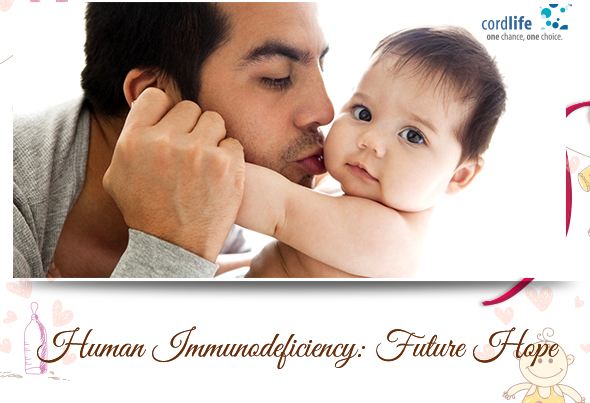Table of Contents
In 2007, Timothy Brown was ‘the patient’ who facilitated a breakthrough in bio-medicine. He was the first person who was essentially completely cured of HIV/AIDS in the history of the disease. Brown, then aged 46, received a bone marrow transplant owing to a severe case of leukemia. To this end, doctors chose a donor with a rare genetic mutation of immune cells, having the potential of obstructing HIV from attaching to the other healthy cells. This gave Brown a brand new immune system, packed to resist the virus, sowing the seed of hope for over 30 million people with this condition.
Current Break Through
Research is now a step closer to designing an optimum cure. Imitating the success of Brown’s treatment; on April 29, 2013, the University of Minnesota became the base for yet another milestone. Physicians of a young boy diagnosed with both acute lymphoblastic leukemia and HIV attempted to cure him through cord blood transplant.
How Does This Cure Work?
HIV is known to latch on to the CCR5 protein in white blood cells, as an entry level access. A genetic abnormality, termed as CCR5Δ32 by scientists, has the capacity to protect the body from the AIDS strains.
So, when CCR5Δ32 cells are injected into a diagnosed patient, it curtails the virus, although it does not fully eradicate it. While the patient will be under no possible threat from the virus, the risk of transfer to others still exists. It is also believed that with time, the dormant virus will be flushed out by the newly geared system, although this line of thought is vastly debatable, just like the dormant Tuberculosis strand.
It is an established fact that the treatment drastically reduces adverse impact of the virus. However, focus is required on cord blood banking and the need for more blood banks to identify and build an inventory of the mutant gene. This added potential to the list of disorders that stem cells already combat only reflects on its future promise for treatment.
Pressing the Importance
Cells isolated from cord blood can be collected only when a baby is born. Many expectant parents are shielded from the benefits of this essential resource and thus miss the opportunity. Experts all over the world are focused on this branch of research and endlessly implore on its reach.
Scientists are convinced that almost all conditions will soon be able treatable with cord blood therapy. If the past decade is anything to go by, its scope certainly looks promising.
